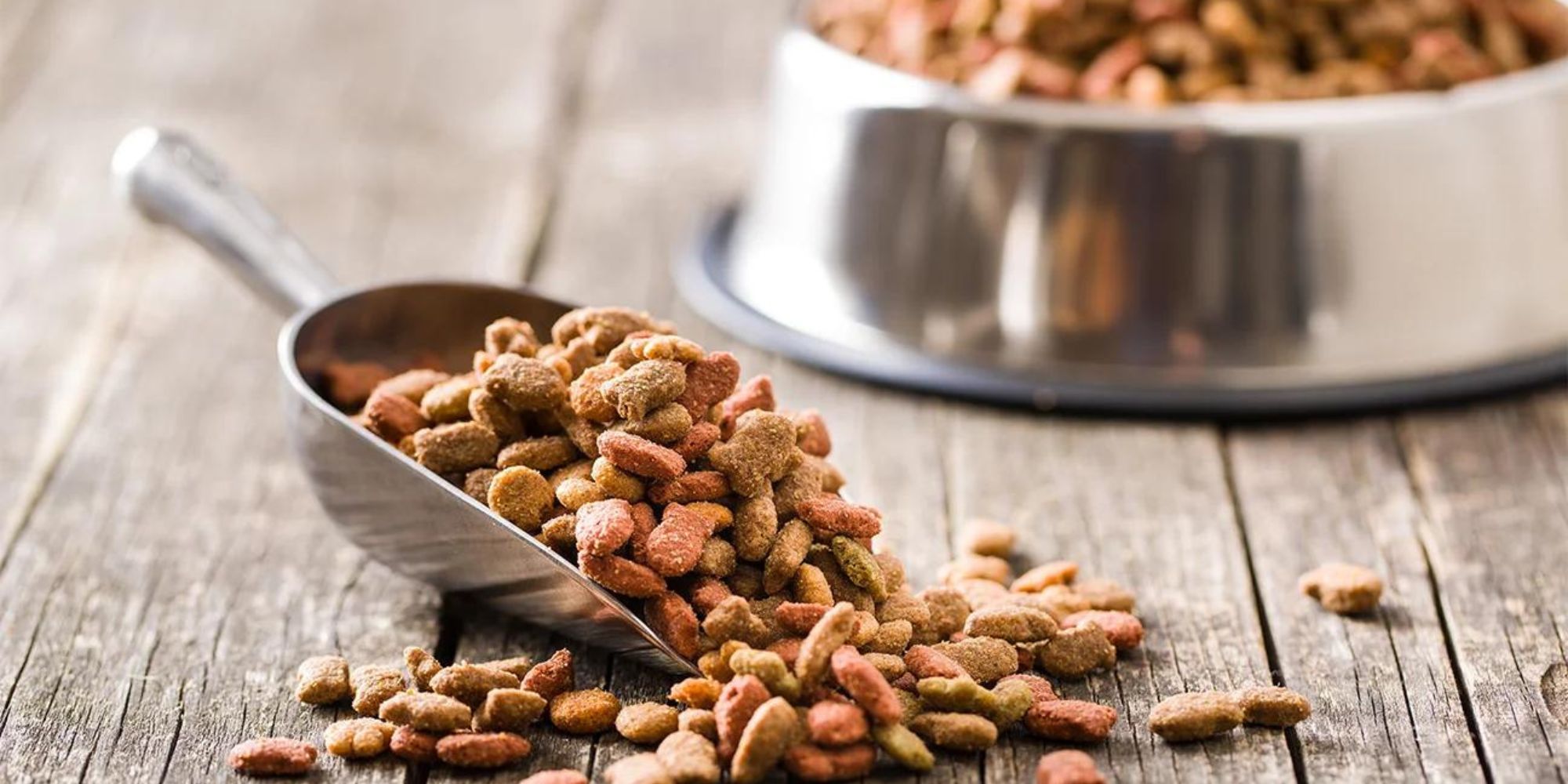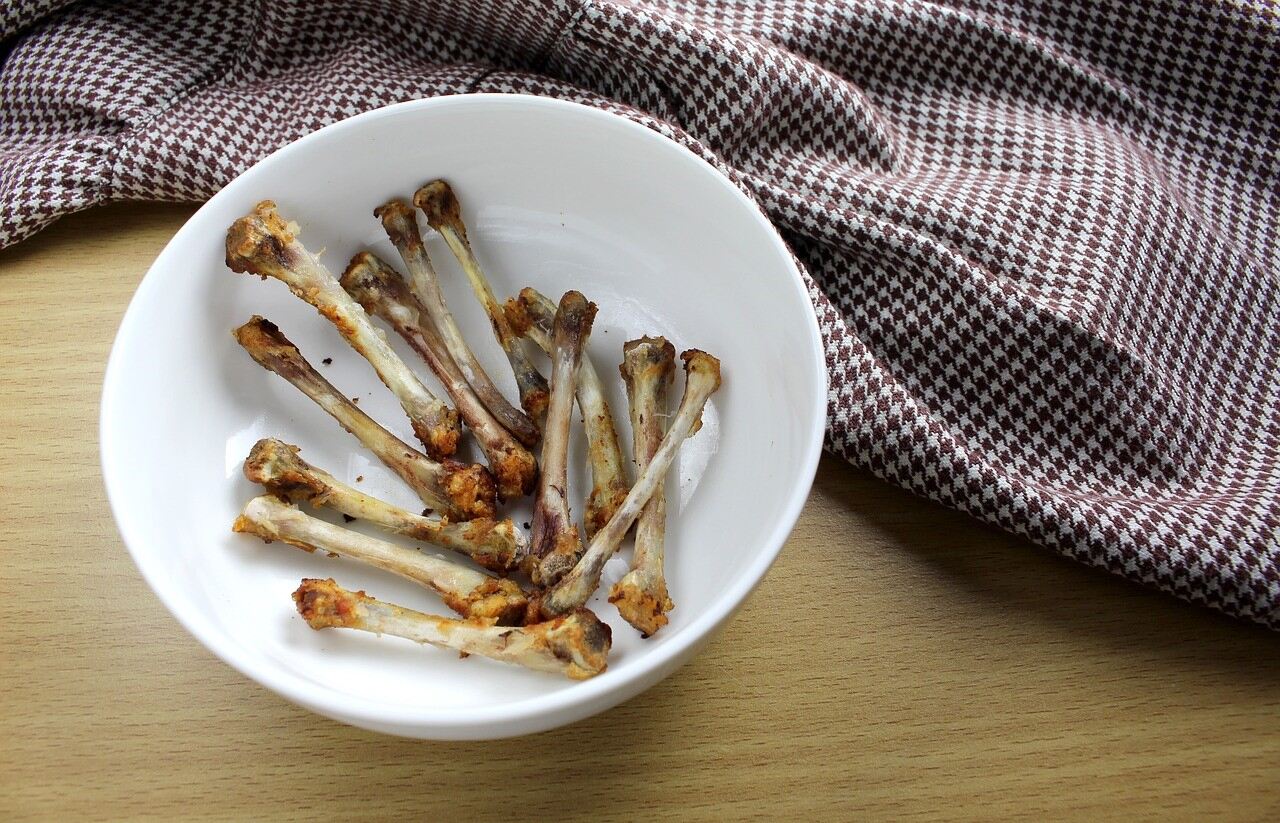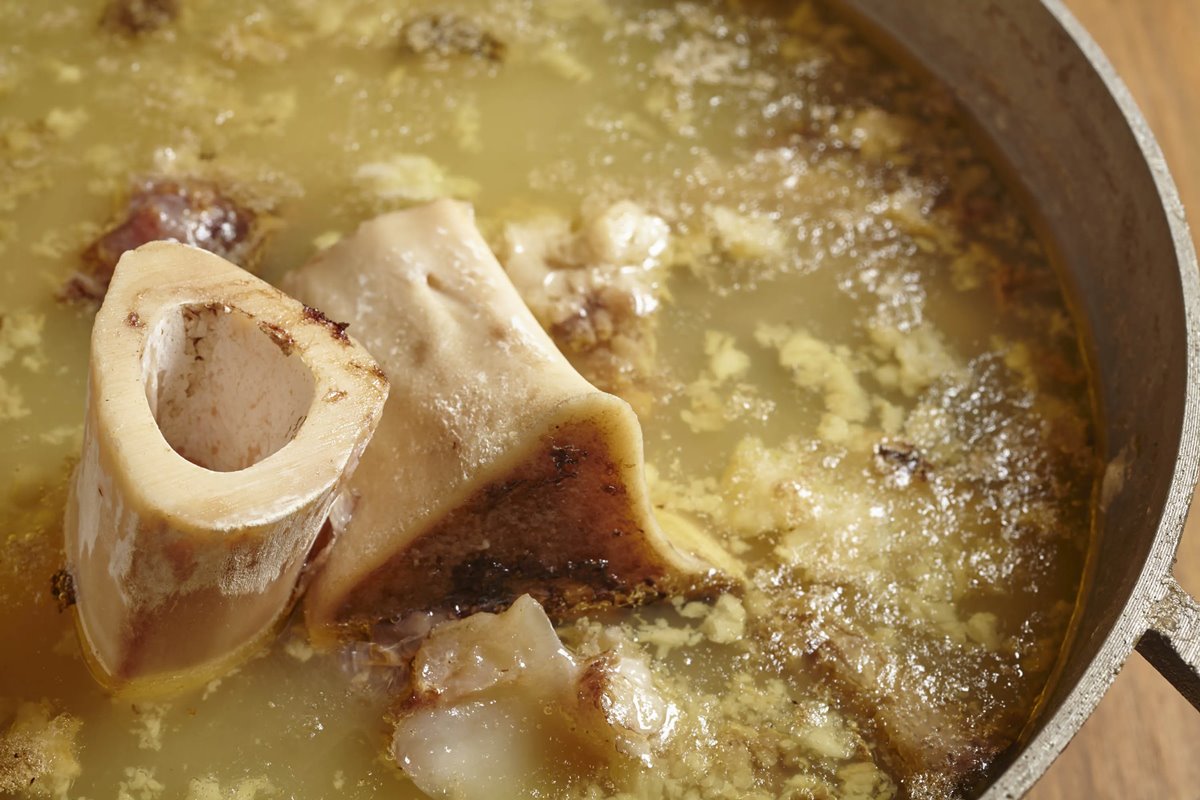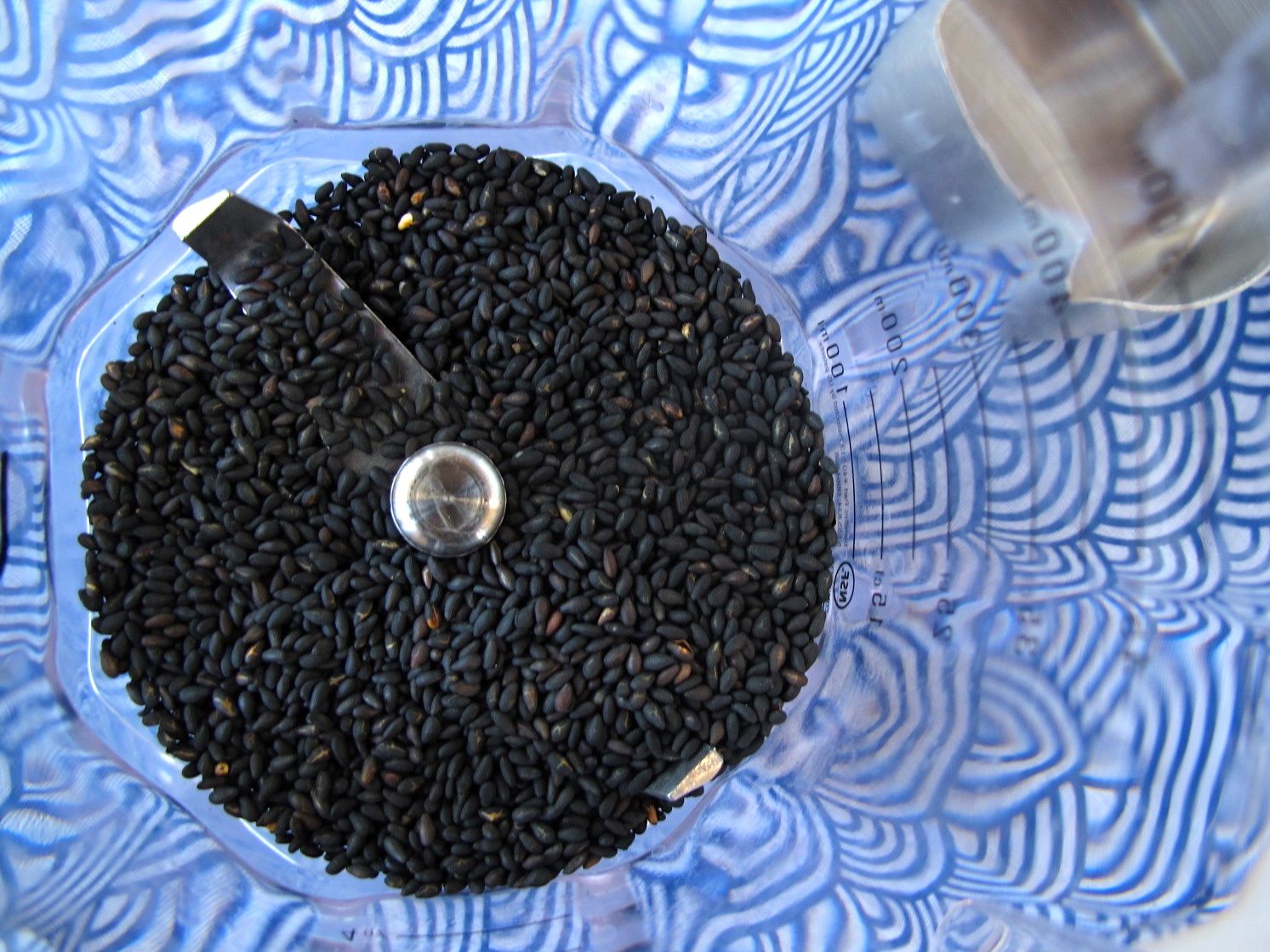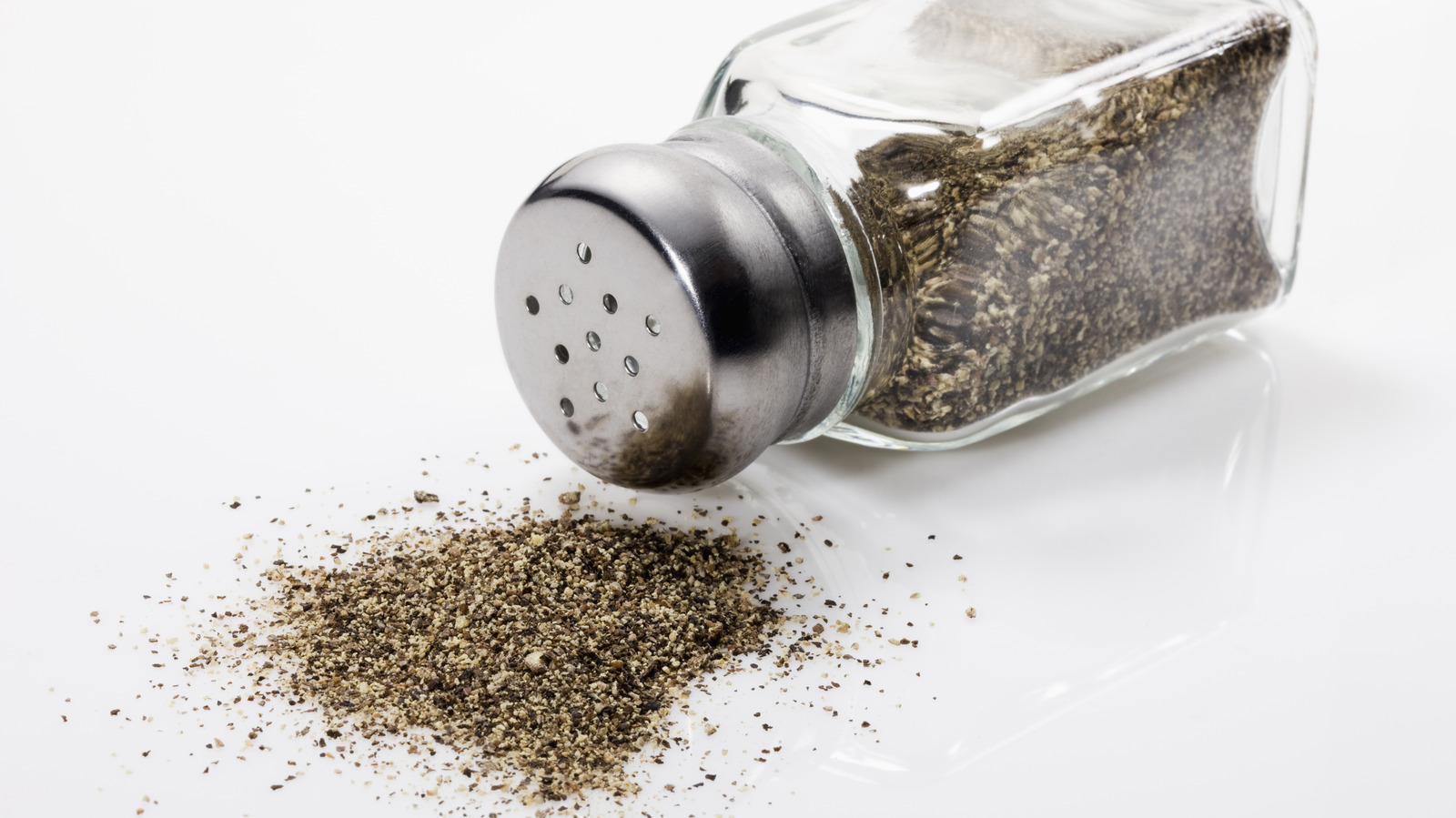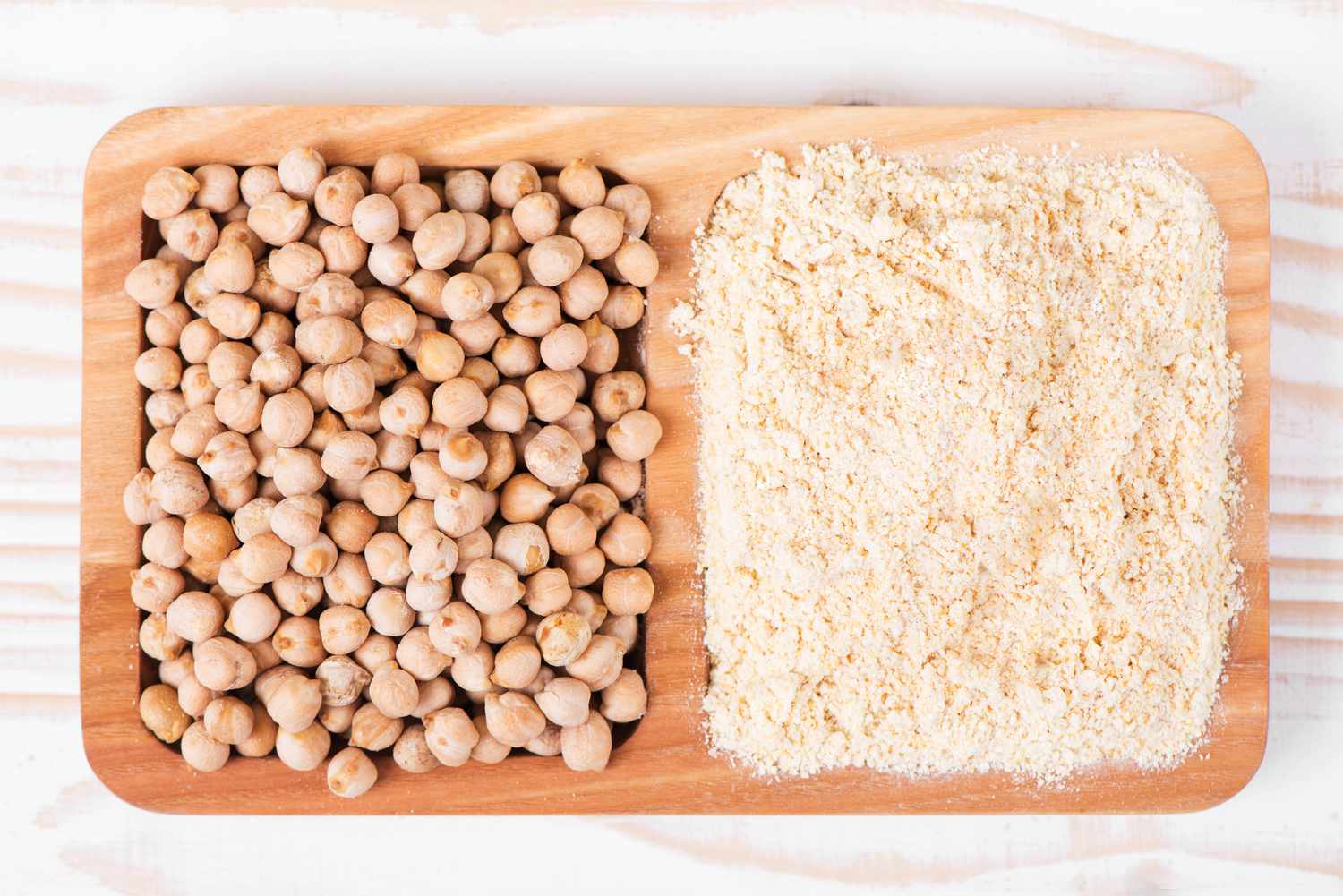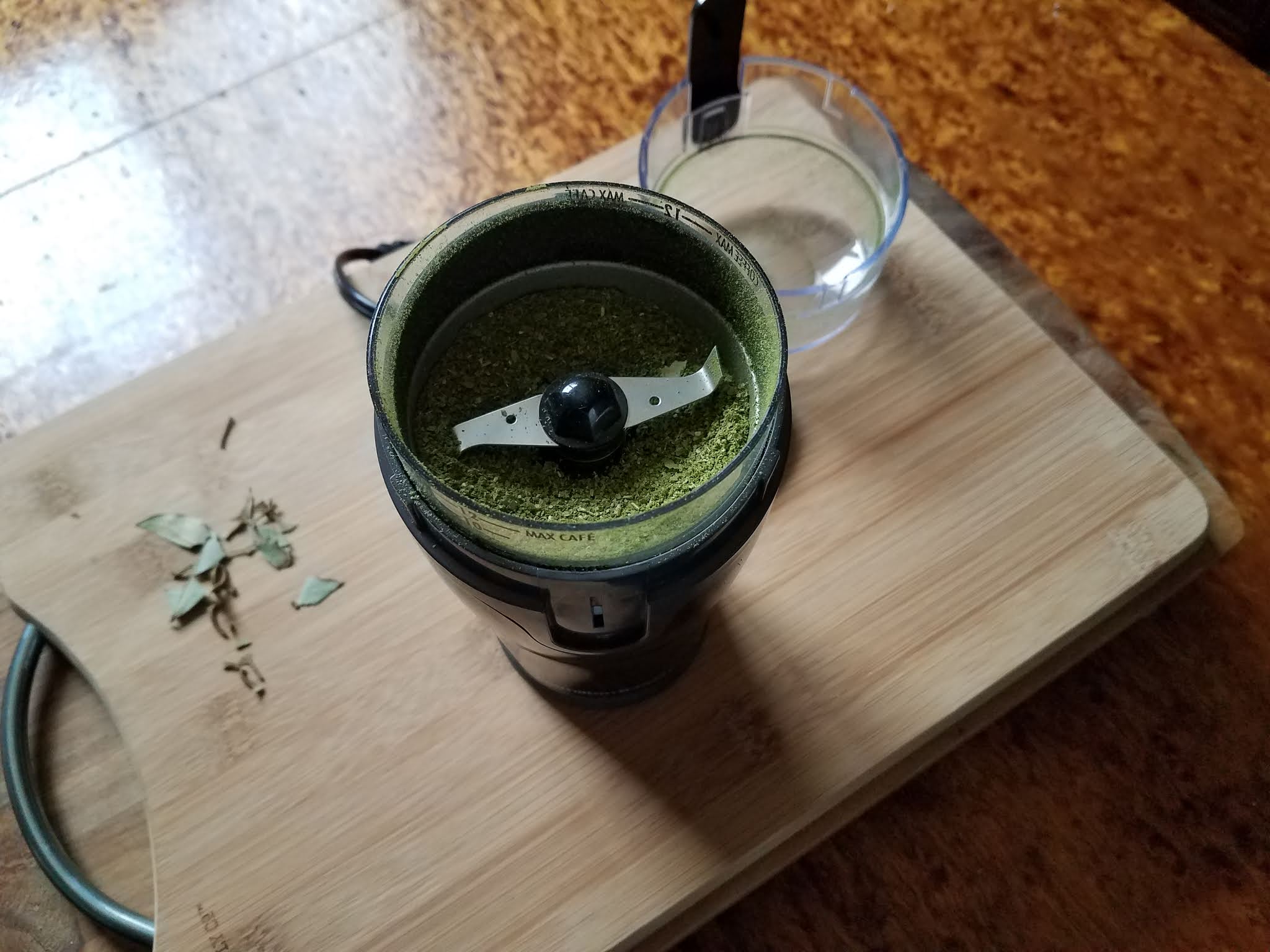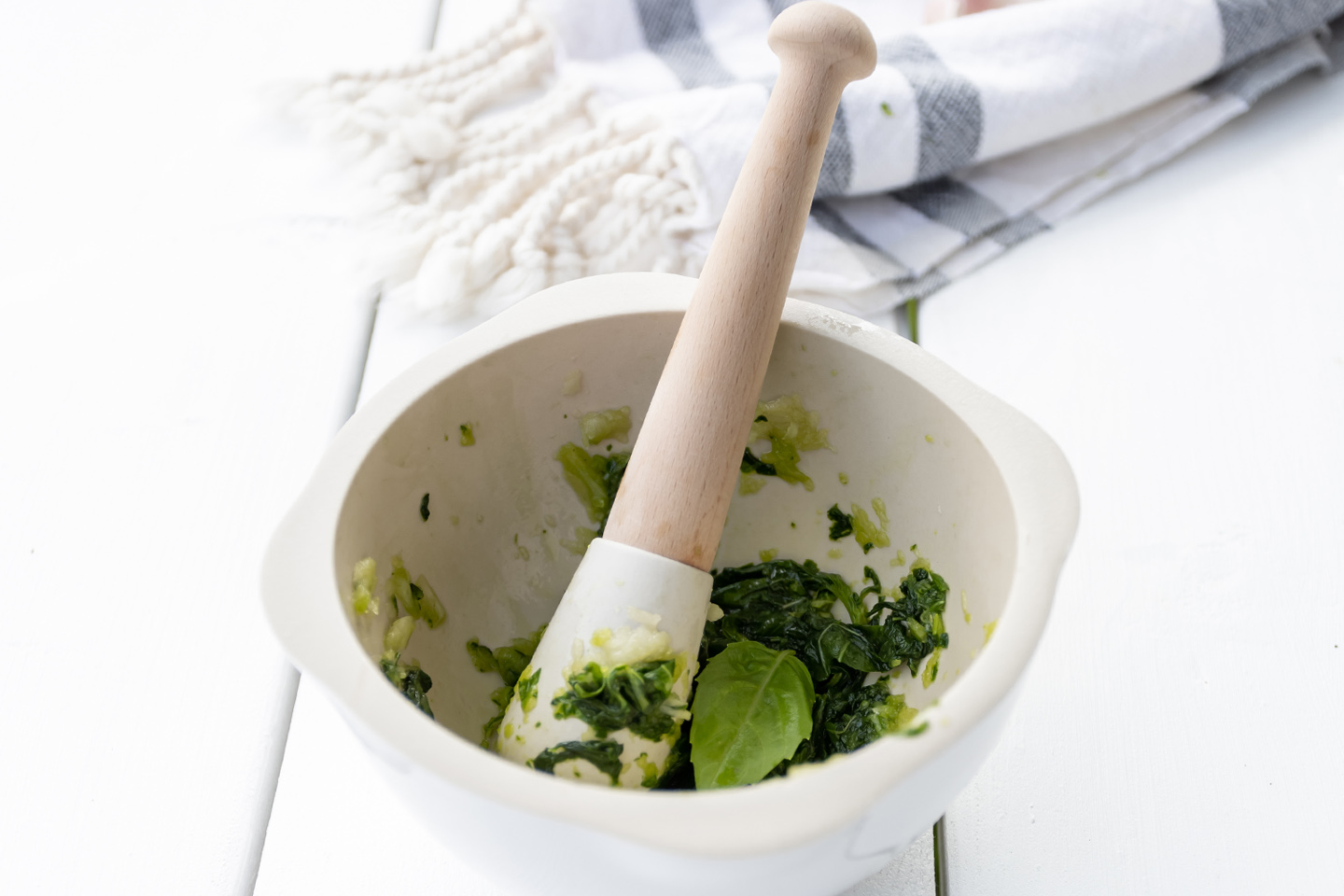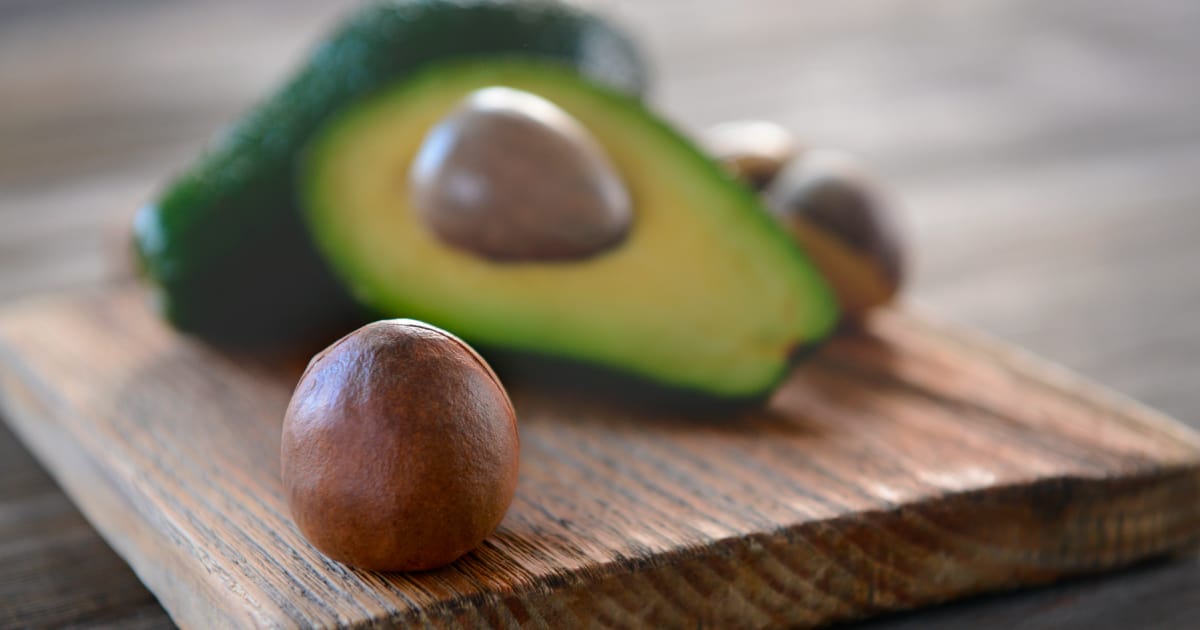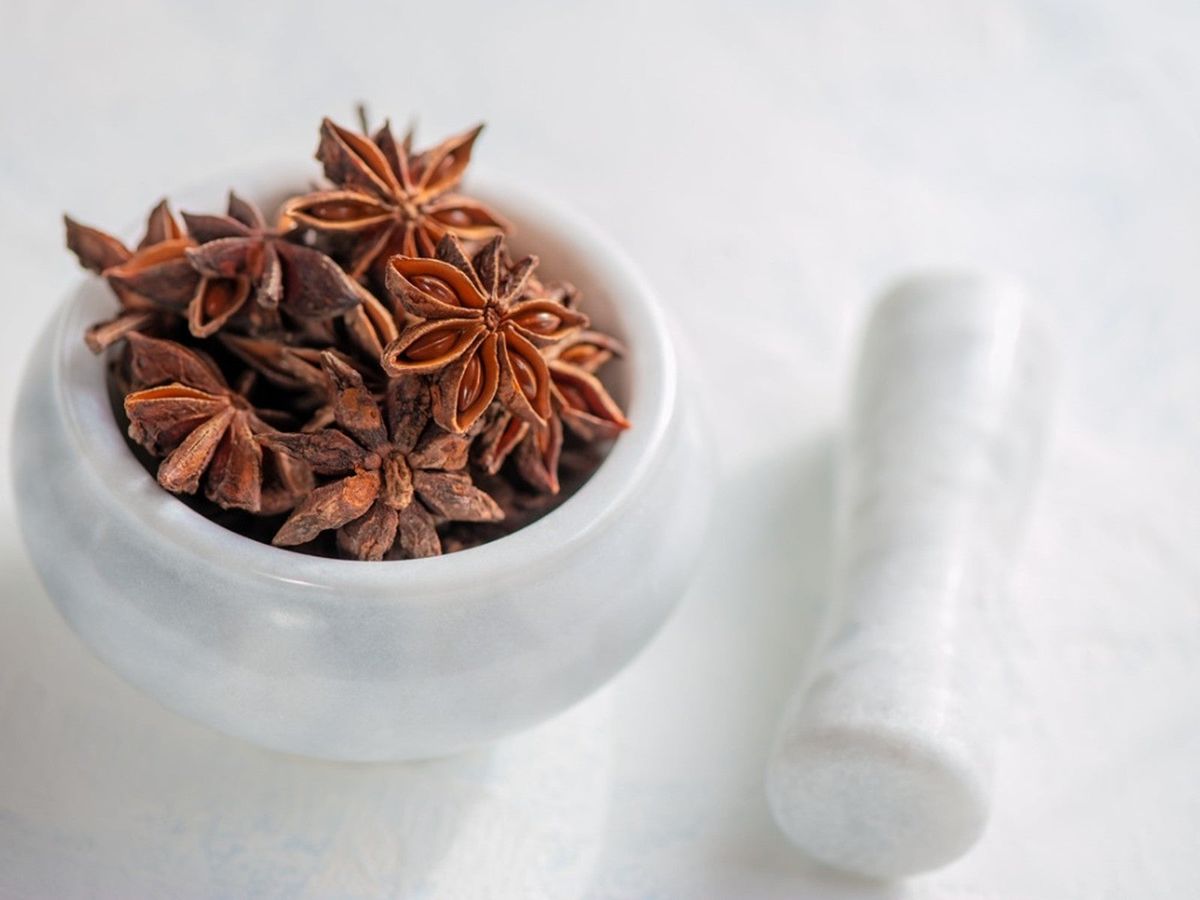Grinding Bones for Your Dog’s Food: A Complete Guide
If you’re considering a raw diet for your furry friend, you may have come across the idea of grinding bones for their meals. While it may sound daunting at first, grinding bones can be a great way to provide essential nutrients and dental benefits for your dog. In this guide, we’ll walk you through the process of grinding bones for your dog’s food, ensuring their safety and well-being.
Why Grind Bones for Dog Food?
Grinding bones for dog food offers several benefits, including:
- Nutritional Benefits: Bones are a great source of calcium, phosphorus, and other essential minerals that are crucial for your dog’s overall health.
- Dental Health: Gnawing on bones can help keep your dog’s teeth clean and healthy, reducing the risk of dental issues.
- Mental Stimulation: Chewing on bones provides mental stimulation for your dog, keeping them engaged and satisfied.
Choosing the Right Bones
When it comes to grinding bones for dog food, it’s important to select the right type of bones. Look for:
- Raw Bones: Always choose raw bones over cooked bones, as cooked bones can splinter and pose a choking hazard.
- Size: Opt for bones that are appropriate for your dog’s size and breed. Larger dogs may require larger bones to satisfy their chewing needs.
- Variety: Offer a variety of bones, including chicken necks, backs, and wings, as well as beef and lamb bones to ensure a balanced diet.
Grinding Process
Now that you have the right bones, it’s time to grind them for your dog’s food. Here’s a step-by-step guide:
- Prepare the Equipment: Invest in a quality meat grinder that is capable of grinding bones. Ensure that the grinder is clean and in good working condition.
- Cut the Bones: If the bones are large, use a knife to cut them into smaller, more manageable pieces that can fit into the grinder.
- Grinding: Start feeding the bones into the grinder, using the appropriate settings for the type of bones you’re grinding. Take your time and ensure that the bones are ground to a safe and manageable consistency.
- Storage: Once the bones are ground, store the resulting mixture in airtight containers or portion it out for future use.
Safety Considerations
While grinding bones for dog food can be beneficial, it’s essential to prioritize safety throughout the process. Here are some important safety considerations to keep in mind:
- Supervision: Always supervise your dog when they are consuming ground bones to prevent any potential choking hazards.
- Storage: Store the ground bone mixture properly to prevent contamination and spoilage.
- Consultation: If you’re new to grinding bones for dog food, consider consulting with a veterinarian or a canine nutritionist to ensure that you’re providing a balanced and safe diet for your dog.
Introducing Ground Bones to Your Dog
Once you’ve ground the bones for your dog’s food, it’s time to introduce it into their diet. Start by offering small amounts and monitor how your dog responds. Gradually increase the portion size as your dog becomes accustomed to the new addition to their meals.
Final Thoughts
Grinding bones for your dog’s food can be a rewarding and beneficial practice, providing essential nutrients and dental benefits for your furry companion. By following the steps outlined in this guide and prioritizing safety, you can incorporate ground bones into your dog’s diet with confidence and peace of mind.
Remember, every dog is different, so it’s important to observe how your dog responds to ground bones and make adjustments as needed. With proper care and attention, grinding bones for your dog’s food can contribute to their overall health and well-being.
